Trends Influencing Robotic Automation
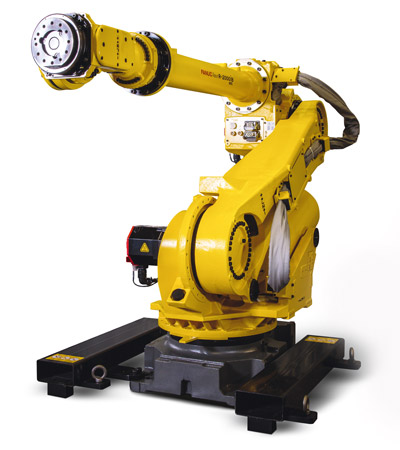
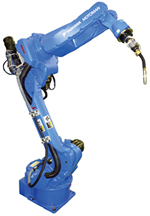
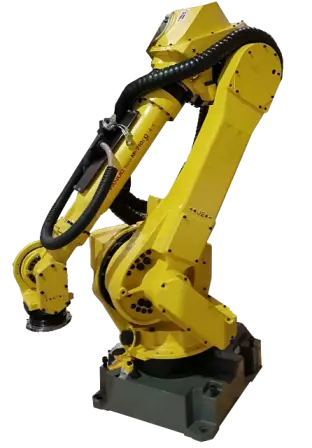
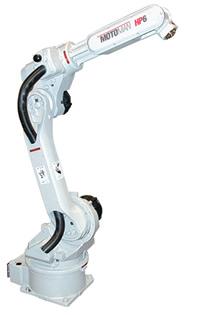
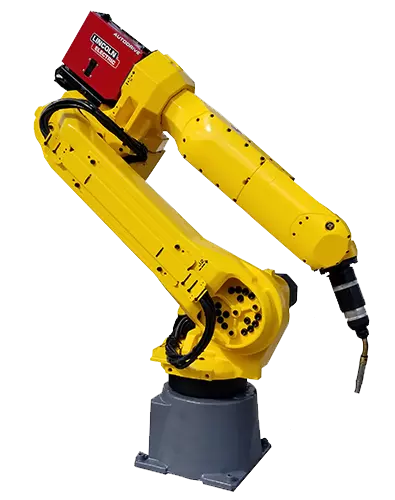
Since the beginning of robotic automation there has always been steady growth of the use of industrial robots. The ability to make production related tasks more efficient, precise, and safer has always driven the desire for companies to automate. The past several decades have seen more and more robot manipulators added to a wide variety of industries. In the past year there has been record breaking growth for factory robots. For three straight quarters in North America articulated robot sales have hit record highs. The recent explosive growth of industrial robots can be attributed to several trends within manufacturing.
Higher Costs
Production costs have risen sharply over the past few years. Factors such as inflation, supply chain disruptions, and higher oil and gas prices have caused the cost of materials and utilities to significantly increase. Labor costs are also on the rise with increases in minimum wage and a higher cost of living due to inflation. Companies are realizing the best way to fight rising costs is to automate with the FANUC Arcmate 120ic and other industrial robot arms. Six axis robots reduce labor costs by taking over repetitive or dangerous jobs from workers. Their accuracy mitigates errors reducing material waste and consumables used. They can even lower utility costs as they are more energy efficient than other forms of manufacturing machinery. They also use less light and heating and cooling than humans.Labor Shortages
Currently many industries are experiencing a significant labor crisis. There is a severe shortage of skilled workers as many are set to retire or have already done so. Younger workers are not seeking manual labor jobs as older generations once did in the past. This has led to a record number of workers leaving manufacturing with very few workers available to fill vacant positions. This has caused companies to automate their operations with manufacturing robot arms. The Yaskawa Motoman MA1440 can provide the skillset of an experienced worker without the risk of turnover.Supply Chain Disruptions
A few decades ago the trend was to offshore manufacturing as relocating productions to other countries favored lower labor and operation costs. However, over the past few years companies have realized the downfall of offshoring manufacturing with major supply chain disruptions. COVID-19 shutdowns, trade barriers, logistics breakdowns, and higher transportation costs have caused significant supply chain issues. Critical supplies such as pharmaceuticals, medical equipment, vehicle components, food, and many others have experienced shortages. This has led to the trend to reshore manufacturing through robotic automation. The benefits of robotic automation can make domestic manufacturing affordable and a reality for many companies. Domestic manufacturing with assembly robots can reduce the likelihood of supply chain disruptions.Consumer Demand
With the expansion of e-commerce many industries have experienced higher or fluctuating consumer demand. Automating with industrial robots increases productivity rates and speeds up productions allowing manufacturers to meet high demand. The flexibility and adaptability of robotic manipulators allows companies to adjust manufacturing when consumer demand fluctuates. The ABB 2600-20 can be deployed for multiple projects whether applications or productions change.Robots Done Right is the place to start when it comes to used robots. Contact us if you are interested in buying or selling a used robot.